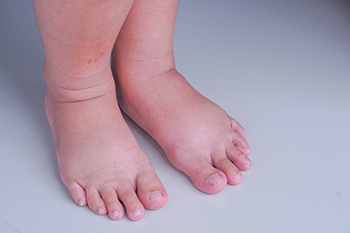
Jumping rope can be an exciting and exhilarating activity. Nostalgic for some and physically challenging for others, jumping rope is an activity that many can enjoy. However, if one is not careful, jumping rope can lead to a foot injury. For example, if you are not jumping rope on the right surface, then injury can result. Some individuals might jump rope on hard surfaces like concrete, leading to shin splints. Rather, you might consider jumping rope on a surface that offers more shock absorption. This will ultimately put less stress on the joints of the feet as well. If you are someone that exercises by jumping rope, then it is suggested that you schedule an appointment with a podiatrist today for advice and treatment.
Exercising your feet regularly with the proper foot wear is a great way to prevent injuries and build strength. If you have any concerns about your feet, contact one of our podiatrists from Community Foot Specialists. Our doctors can provide the care you need to keep you pain-free and on your feet.
Exercise for Your Feet
Exercise for your feet can help you gain strength, mobility and flexibility in your feet. They say that strengthening your feet can be just as rewarding as strengthening another part of the body. Your feet are very important, and we often forget about them in our daily tasks. But it is because of our feet that are we able to get going and do what we need to. For those of us fortunate enough to not have any foot problems, it is an important gesture to take care of them to ensure good health in the long run.
Some foot health exercises can include ankle pumps, tip-toeing, toe rises, lifting off the floor doing reps and sets, and flexing the toes. It is best to speak with Our doctors to determine an appropriate regimen for your needs. Everyone’s needs and bodies are different, and the activities required to maintain strength in the feet vary from individual to individual.
Once you get into a routine of doing regular exercise, you may notice a difference in your feet and how strong they may become.
If you have any questions please feel free to contact our offices located in Beavercreek, Dayton, and Vandalia, OH . We offer the newest diagnostic and treatment technologies for all your foot and ankle needs.




